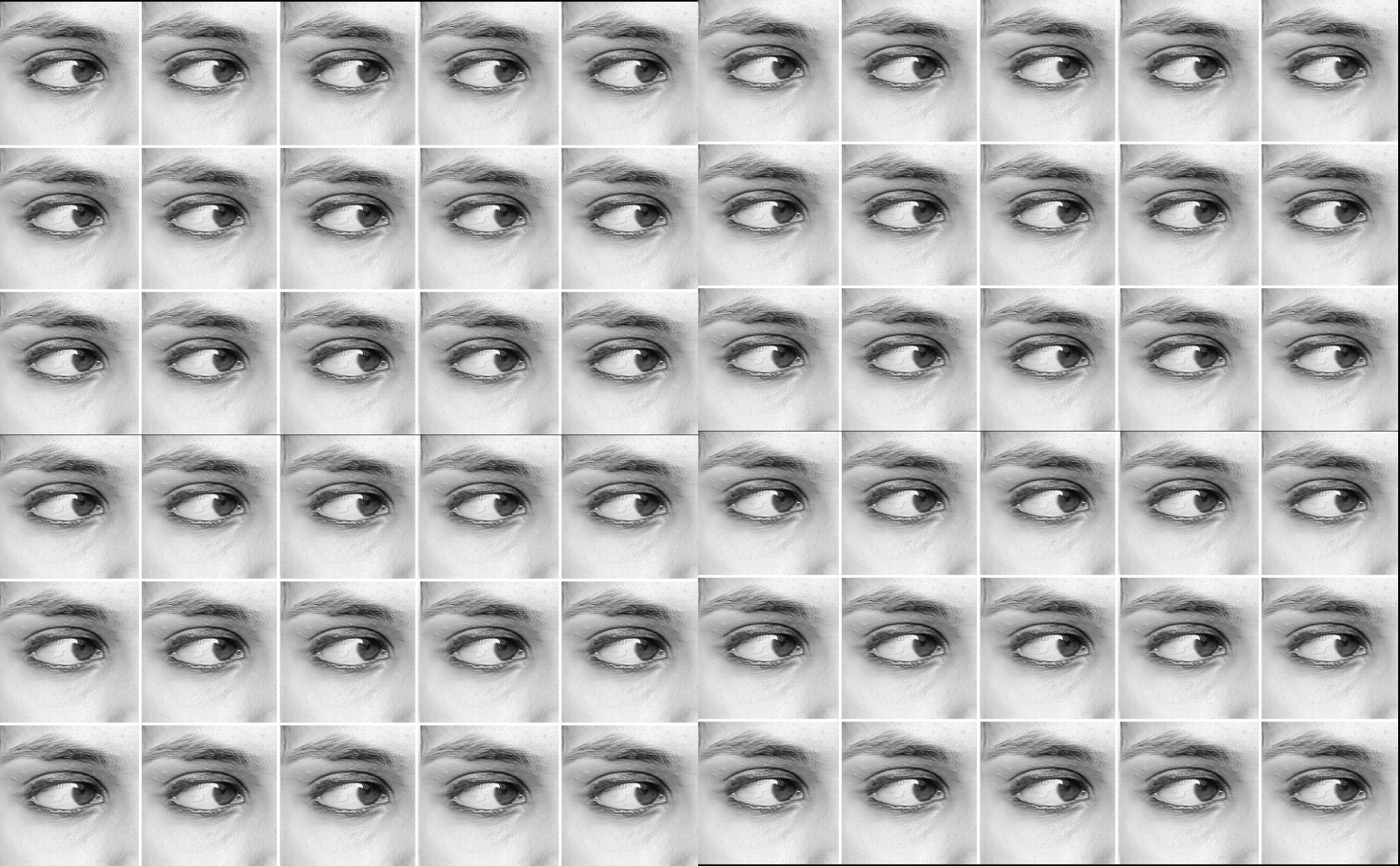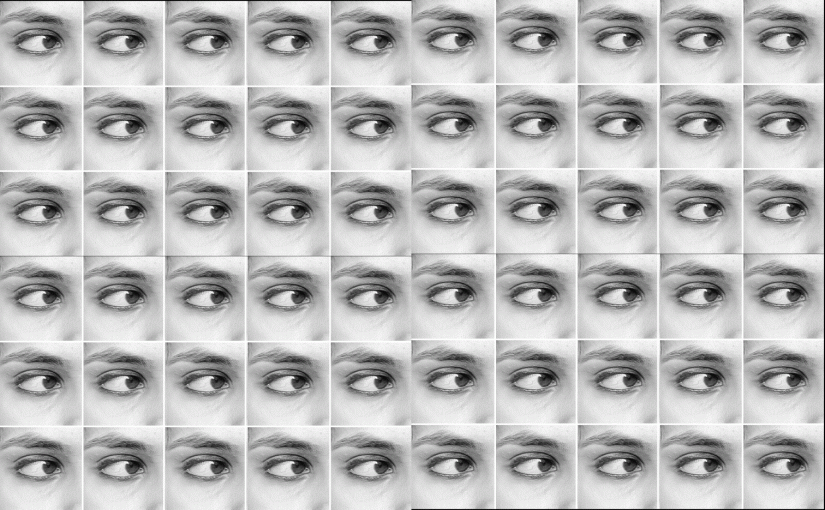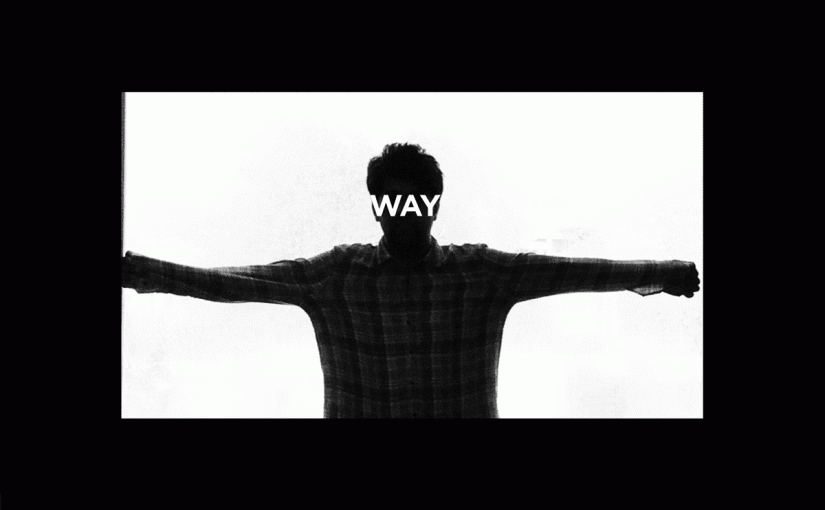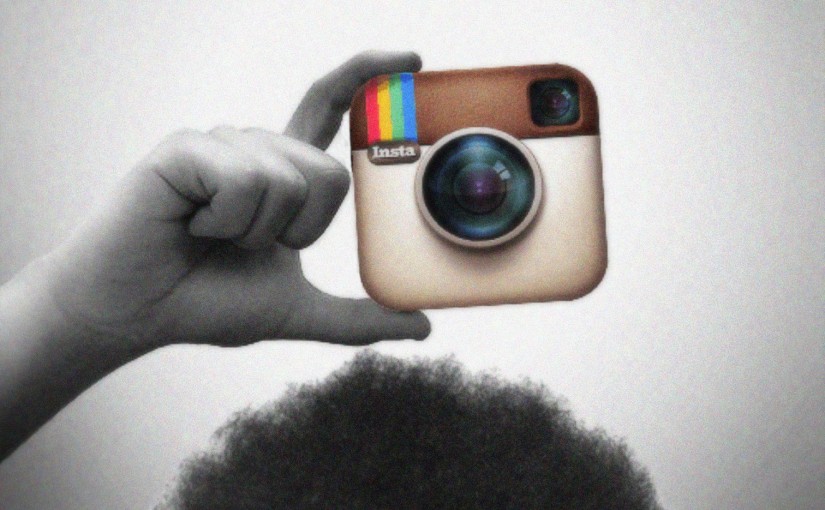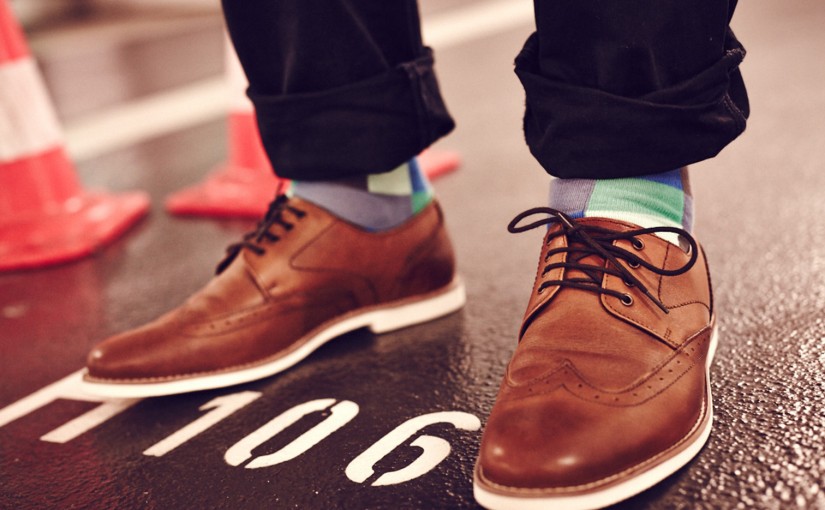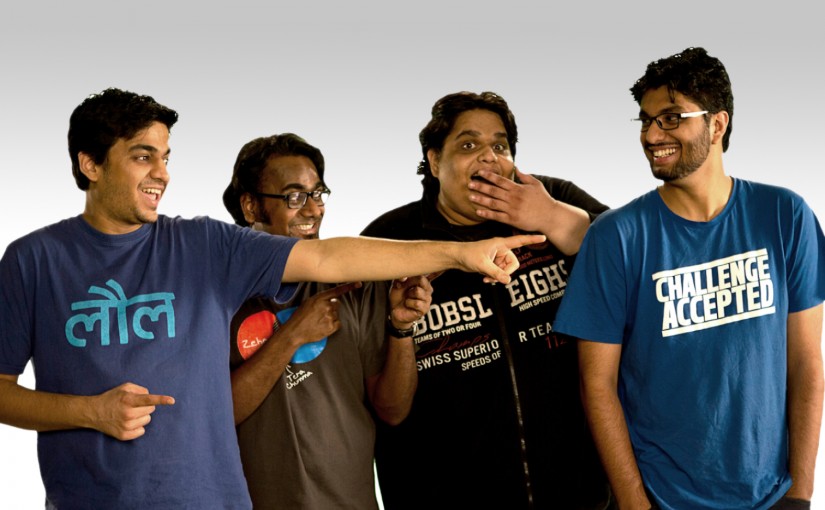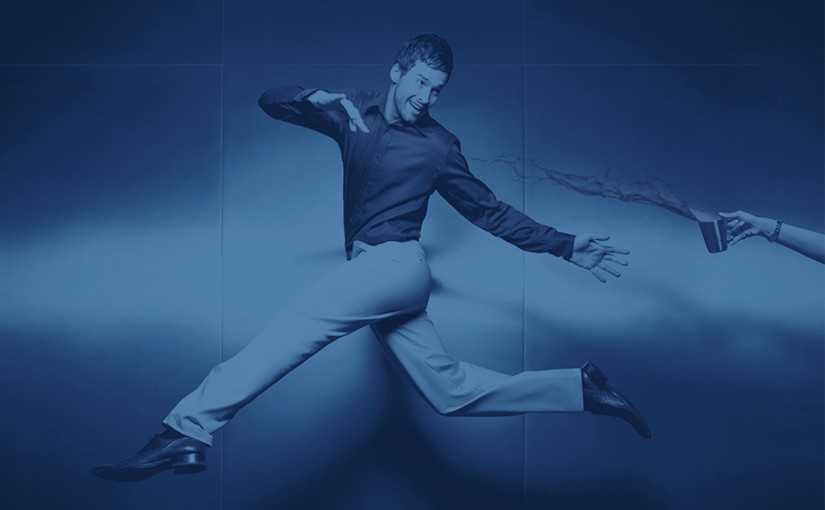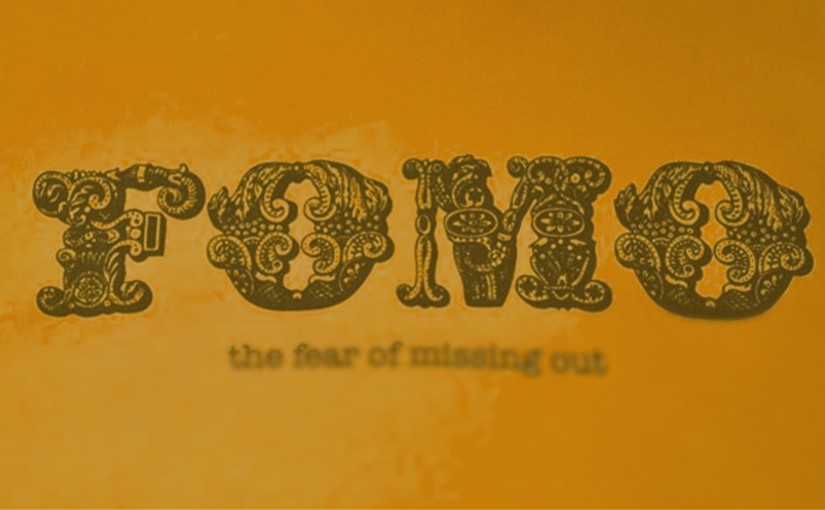Drop us a few lines about the task and we will get back immediately to see we how we can take the discussion forward. Alternately, just pick up the phone and speak with us at +91 9910034330 and we would be happy to help.
- - Do tell us a little about the nature of your business.
- - Be specific about what you’d like us to help you with.
- - Knowing your budget always helps us plan a suitable intervention.
- Blog
Overwhelm Your Senses
-
Overwhelm Your Senses
Reason alone cannot be a motive to the will, but rather is the “slave of the passions” — David Hume
As better technology and investigative methods open up new frontiers of cognitive neuroscience, scientists are confirming what marketeers have known for a long time—multisensory perception is real and more significant than we may have expected.
While we know or might intuitively grasp that our senses work in tandem to create subjectively “better” experiences, multisensory perception often also works on a principle known as superadditivity. This means that the interplay of complementary sensory input results in individual experiences that are exponentially improved (instead of a simple linear increase in pleasure).
This often manifests in surprising ways—for example, people report improved hearing when they put on their glasses, or craving sweeter food items when listening to higher-pitched music. In another example, people reported greater enjoyment from seafood while listening, via headphones, to the sound of waves crashing as opposed to other sounds[1].
Some retail brands have exploited this to perfection. Abercrombie and Fitch stores, for example, famously overpower their customers’ senses with loud music, strong scents, club lighting, and attractive models. While not all customers reported positive reactions to being “overwhelmed” this way, such sensory marketing has worked well enough for Abercrombie and Fitch for the company to deploy it as their primary strategy while expanding across Europe.
What this also means is that the brand should be identifiable both by the individual sensory experiences that it offers and the sum of those experiences put together.
Image for representation only. Source: Flickr
This is particularly important at a time when the dominant trend across multiple cultures is a greater-than-ever-before value placed on the consumption of experiences (as a cross-cultural examination of the lifestyles of millenials shows us[2]). As a strategy for differentiation when online shopping has in many ways leveled the “experiential” playing field (a website can only, by its nature, affect so many senses), brick-and-mortar stores can set the tone for how a customer perceives the brand—a perception that will doubtless spill over to the online medium.
As David Hume, the 16th-century philosopher, first suggested—and his conclusions have stood the scrutiny of time and scientific testing—while we may think that we are rational beings, our reasoning is often merely post-hoc justification for what we innately “feel” to be real, true, or simply very enjoyable.
References:
[1] https://thepsychologist.bps.org.uk/volume-23/edition-9/multisensory-perception-flavour
[2] http://www.cnbc.com/2016/05/05/millennials-are-prioritizing-experiences-over-stuff.html
Disclaimer: Views of authors are personal and do not represent the views of Blogworks, or any of its clients.
-
Contact
conversations@blogworks.in
+91-9910034330 -
Newsletter
-
Social



